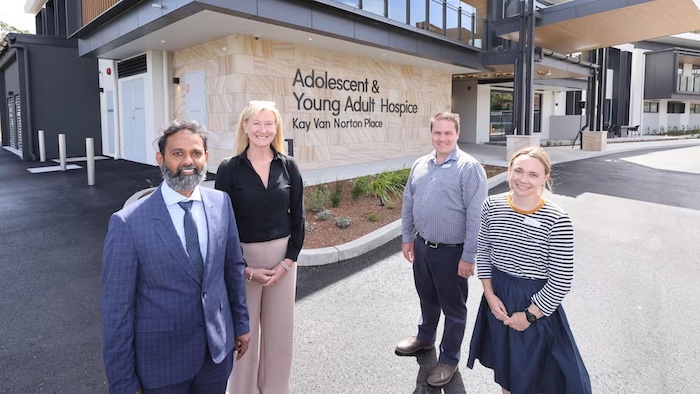
Young people with serious illnesses will soon be able to have consistent end-of-life care under the new Paediatric Palliative Care Action Plan, launched by the federal government today.
It is the first road map for end-of-life care specifically targeted at infants, children, adolescents and young adults.
Currently, palliative care services are aimed at people in their 70s, 80s and older, which means that young people aren’t getting the services they need.
Assistant Health Minister Ged Kearney told Hack that the plan aims to bridge that gap.
“There always seems to have been a gap with the need for a specialist palliative care program for young people, because I think their needs are quite different.”
The plan was commissioned under the previous federal government and has been four years in the making.
“We brought together governments, key stakeholder organisations, health services, health workers, families … to build this action plan,” Ms Kearney said.
“It’s going to be out there as of today to make sure … we have national consistency, and that young people, children and infants get the best possible care they can.”
The need for youth-specific care
Earlier this year, the Adolescent and Young Adult Hospice (AYAH) opened its doors in the northern beaches of Sydney. It was the first of its kind in Australia, a facility aimed solely at providing care for young people aged 15 to 24.
“It’s a time when they’re going through emotional changes, social changes, physical changes, etc,” services manager Tayia Yeats said.
“They need to have that different area, which is purpose built for them, where they can interact with others that are going through similar challenges.”
The facility is funded through New South Wales Health, charity the North Foundation, and through donations from the community.
It has purpose-built spaces for activities young people enjoy, like a music room, games room and space to watch movies.
“It feels more like a hangout,” university student Patrick Nolan said.
Patrick is 21 and lives with muscular dystrophy. He has visited AYAH for respite care and says the most important aspect of the facility is the ability to interact with other young people.
“We’d stay up late, just messing around like any young person can do. And for me that that’s a bit of a challenge outside of this place,” Patrick explained.
“What they want to be doing at 21 years of age is very different than what you want to be doing at 81 years of age,” nurse practitioner Sara Fleming said.
She’s been working in paediatric palliative care for over 20 years, and said the needs of a young person approaching the end of their lives can be very different to what health care professionals — and even the young person’s family — recommend.
Sara said she had a young patient once who had a life expectancy of just a few months.
“There was great distress in the family and distress experienced by the parents, because this young person, they wanted to go to a party.”
“So my job as a nurse looking after this was to go, ‘Alright, let’s get you to the party. But let’s put some things in place that are invisible to people at the party that just help everyone,'” Sara said.
Assistant Health Minister Ged Kearney said a key aspect of the paediatric palliative care plan is ensuring that the views of young people are respected.
“It’s so important to involve young people in the decision making around the end of their life. It’s their life.”
Complete Article ↪HERE↩!
